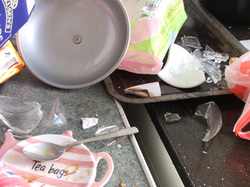I have heard people throw the term OCD around like it is a common cold. I also realize they may not have been diagnosed with OCD, but that they are using the term OCD loosely. The truth is that OCD or Obsessive Compulsive Disorder is a VERY serious disorder, which debilitates a person seriously. There are also different types of OCD. There is the “clean” type and the “hoarding type”. Both challenges are just as serious and impacts the person, their lives and their loved ones. DSM IV Obsessive Compulsive Disorder (OCD) Criteria states “A. Either obsessions or compulsions: Obsessions as defined by (1), (2), (3), and (4):
(1) recurrent and persistent thoughts, impulses, or images that are experienced at some time during the disturbance, as intrusive and inappropriate and that cause marked anxiety or distress
(2) the thoughts, impulses, or images are not simply excessive worries about real-life problems
(3) the person attempts to ignore or suppress such thoughts, impulses, or images, or to neutralize them with some other thought or action
(4) the person recognizes that the obsessional thoughts, impulses, or images are a product of his or her own mind (not imposed from without as in thought insertion)
Compulsions as defined by (1) and (2):
(1) repetitive behaviors (e.g., hand washing, ordering, checking) or mental acts (e.g., praying, counting, repeating words silently) that the person feels driven to perform in response to an obsession, or according to rules that must be applied rigidly
(2) the behaviors or mental acts are aimed at preventing or reducing distress or preventing some dreaded event or situation; however, these behaviors or mental acts either are not connected in a realistic way with what they are designed to neutralize or prevent or are clearly excessive
B. At some point during the course of the disorder, the person has recognized that the obsessions or compulsions are excessive or unreasonable. Note: This does not apply to children.
C. The obsessions or compulsions cause marked distress, are time consuming (take more than 1 hour a day), or significantly interfere with the person’s normal routine, occupational (or academic) functioning, or usual social activities or relationships.
D. I another Axis I disorder is present, the content of the obsessions or compulsions is not restricted to it (e.g., preoccupation with food in the presence of an Eating Disorder; hair pulling in the presence of Trichotillomania; concern with appearance in the presence of Body Dysmorphic Disorder; preoccupation with drugs in the presence of a Substance Use Disorder; preoccupation with having a serious illness in the presence of Hypochondriasis; preoccupation with sexual urges or fantasies in the presence of a Paraphilia; or guilty ruminations in the presence of Major Depressive Disorder).
E. The disturbance is not due to the direct physiological effects of a substance (e.g., a drug of abuse, a medication) or a general medical condition.”
There also is another disorder which is called Obsessive Compulsive Personality Disorder, and although it may not be considered “as serious” as OCD, it will also impair a person’s life, their productivity, and relationships. According to the DSM IV the symptoms are “A pervasive pattern of preoccupation with orderliness, perfectionism, and mental and interpersonal control, at the expense of flexibility, openness, and efficiency, beginning by early adulthood and present in a variety of contexts, as indicated by four (or more) of the following:
1) is preoccupied with details, rules, lists, order, organization, or schedules to the extent that the major point of the activity is lost.
2) shows perfectionism that interferes with task completion (e.g., is unable to complete a project because his or her own overly strict standards are not met)
3) is excessively devoted to work and productivity to the exclusion of leisure activities and friendships (not accounted for by obvious economic necessity)
4) is overconscientious, scrupulous, and inflexible about matters of morality, ethics, or values (not accounted for by cultural or religious identification)
5) is unable to discard worn-out or worthless objects even when they have no sentimental value
6) is reluctant to delegate tasks or to work with others unless they submit to exactly his or her way of doing things
7) adopts a miserly spending style toward both self and others; money is viewed as something to be hoarded for future catastrophes
8) shows rigidity and stubbornness”.
The Hoarding type of OCD is not really specified in the DSM IV but a good article relating it to OCD is http://ocd.about.com/od/typesofocd/a/Types_OCD.htm
If you think you meet criteria find a local mental health specialist in your area and work through and reverse the symptoms as soon as possible. Also you may consider a Professional Organizer and Personal Assistant for extra support and help in order to decrease your stress and increase your peace of mind.
Marla Stone owns www.southocwellness.com and www.i-deal-lifestyle.com and provides Health Wellness Consulting, Professional Organizing services and Feng Shui to individuals and families nationally. Contact Marla at ideallifestyle@cox.net.





